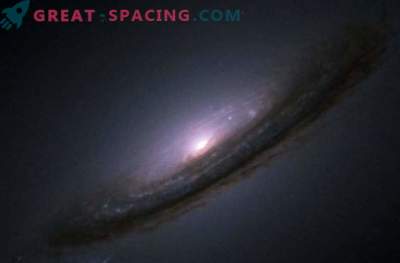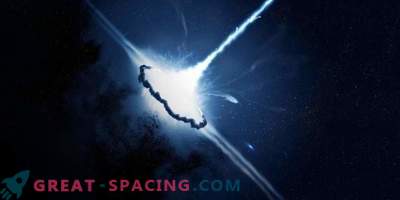
The universe is filled with mysterious explosive phenomena raging in the dark. One particular type is referred to as the rapidly developing luminous transient (FELT). For decades he has confused astronomers because of his short duration.
Now, NASA’s Kepler Space Telescope, a hunt for exoplanets, has directed its lens into the sky to catch the FELT in action. They seem to be a new kind of supernova that gets a short-term increase in brightness.
Researchers believe that the source of the flash comes from a star after its destruction in order to explode as a supernova. The main difference lies in the fact that the star is wrapped in a cocoon of one or more gas and dust shells. When a tsunami explosive energy closes in the shell, most of the kinetic energy is immediately transformed into light. A burst of radiation lasts for several days — 1/10 of the duration of a typical supernova explosion.
Over the past decade, several FELTs with time scales and luminosities have been found that cannot be explained by traditional supernova models. It is important to understand that, unlike Kepler, which turns out to be a review every 30 minutes, other telescopes spend several days on the process. Therefore, they often miss events. Due to lack of data, there were many theories: the afterglow of a gamma-ray burst, a supernova, magnetar (neutron star with a powerful magnetic field), or a failed Ia-type supernova.
But here Kepler appeared with his accurate, continuous measurements, which allowed the researchers to record more detailed information about FELT events. This helped to limit the mechanism and properties of the explosion, as well as eliminate alternative theories and explain the dense shell model.
The wealth of Kepler’s observations made it possible to deconstruct the physical properties of the phantom explosion, create FELT models with a high degree of accuracy, and connect the theory to the observations. Telescope surveys show that the star threw off the envelope a year before the supernova appeared. This opens the curtain on the last torment of dying stars. That is, FELT is created by a star passing through the “death pangs”.











































